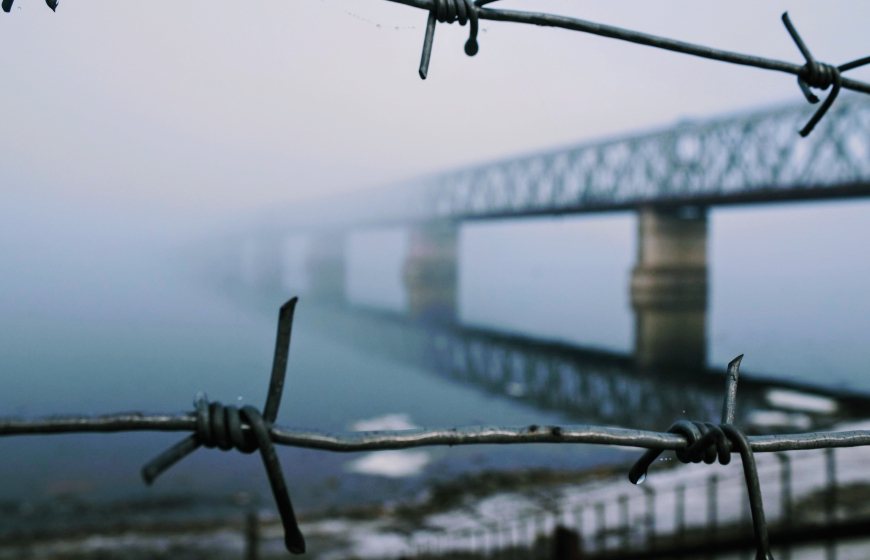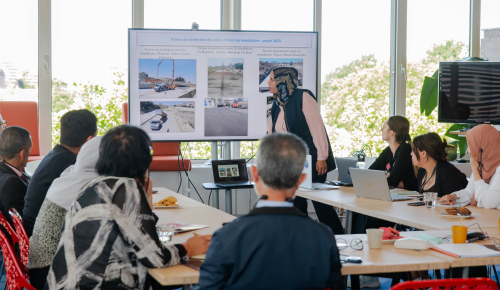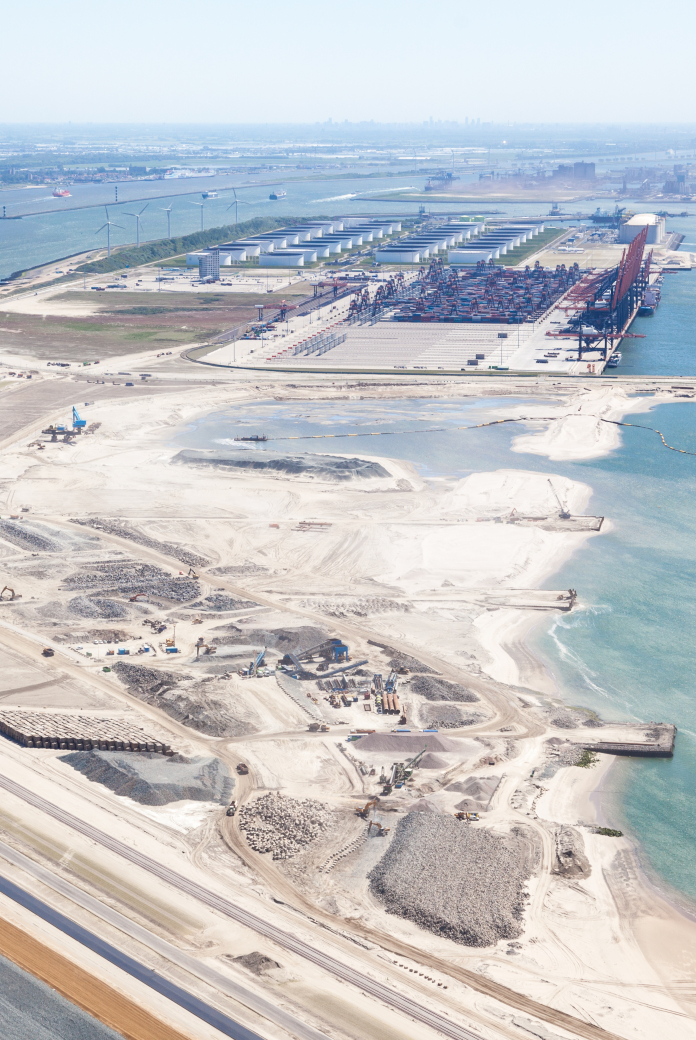
Military actions in Ukraine are significantly aggravating the problems of sustainable management of water resources, states the State Agency of Water Resources of Ukraine. During the eight months of the war, more than 500 water infrastructure facilities were destroyed, and the volume of water lost due to damage and destruction of dams and other hydrotechnical structures is 742.2 million cubic metres. NWP’s Ukrainian partner, Primavera, explains how the water supply is being affected.
Examples of dams & reservoirs under attack
The Kakhovka hydroelectric plant dam is one of many water infrastructures attacked. The dam holds about 18 million cubic metres of water from the Kakhovsky Reservoir, which was built as a source for irrigation and hydroelectric power. If the dam were destroyed, more than 80 settlements, including the city of Kherson, would be flooded and hundreds of thousands of people in large areas of southern Ukraine would be left without a water supply.
In mid-September, the destruction of the dam of the Karachuniv Reservoir in Kryvyi Rih caused hundreds of millions of hryvnias in damage. Although the state of water in the Ingulets River and its water catchment has stabilised, the preliminary amount of environmental damage is UAH 637 million. Currently, a spontaneous leakage of water from the Karachuniv Reservoir has reached 16.9 million cubic metres. Furthermore, a missile attack on Kryvyi Rih caused the water level in the Ingulets River to rise – 112 houses were flooded and about 5,000 families were left without a water supply.
Lastly, a gate of the Oskil Reservoir, one of the largest reservoirs in Ukraine, was destroyed last April. The reservoir was used for economic, drinking and technical purposes and was the water supply for Donbass. It also supplied irrigation and agricultural water, irrigated rivers and hydropower plants, and was used for fisheries. As a result of the occupying forces’ actions, the reservoir was seriously depleted, losing about 76 percent of its full volume. Water resources were damaged, the ecosystem of the reservoir was destroyed, and valuable fish species and other living water resources were destroyed.
The Ukrainian Ministry of Environment Protection and Natural Resources is using high-tech damage monitoring and assessment tools to record all the damage caused by the Russian invasion.
Safe WASH at risk
After the shelling of the Vasylkiv Operational Department of Water Supply and Sewerage treatment facilities, the Russian army destroyed the sewage pumping station building. As a result, the return water enters the Dnipro River without any treatment which is creating an unsafe and inadequate water, sanitation and hygiene (WASH) situation. This untreated water can lead to disease among the population consuming this water and to environmental devastation.
On top of the damage to key water infrastructure, internal migration is further depleting the existing water resources. With an increasing demand for water in certain regions, the need to restore water treatment facilities and upgrade their potential is greater. Until these facilities operate properly, artesian wells could be the solution.
Artesian wells are a strategic reserve for Ukraine. In Kyiv, for example, there are 376 operational artesian wells which draw water from a depth of more than 300 metres. The water at this depth is free of harmful substances, heavy metals or radionuclides and is considered the safest option. Yet, the ongoing hostilities and destruction could put these wells at risk of contamination. The addition of just one pollutant in an aquifer makes the water unfit for consumption for a long period of time as the water exchange takes place over hundreds of years.
Towards the reconstruction
Despite Russian aggression, constant attacks and other military actions, Ukraine continues to work on, and hopes for, a better future. The National Council for the Recovery of Ukraine from the War has defined a plan of measures for the post-war recovery and development of Ukraine. To carry out the work, it has established a framework of 24 working groups. Scientific institutions and non-government organisations, including Primavera, are actively working on the preparation and implementation of the tasks of this national document.
Several of these working groups will address water-related challenges. Working group three will handle the restoration and development of infrastructure; working group 11 will cover construction, urban planning, and the modernisation of cities and regions; and, working group 12 will be responsible for the new agricultural policy.
Featured NWP partners: Primavera







